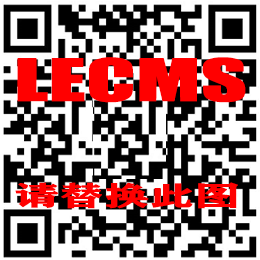在英语中,"get" 作为动词时,后接其他动词的用法较为灵活,但需要根据不同的结构和语境选择合适的动词形式。以下是常见的几种情况:

1. "get + 宾语 + 过去分词"(使役结构,表示让某事被做)
结构:get + 宾语(人或物) + 过去分词(done)
含义:表示让他人完成某事,或让某事被完成(被动含义)。
例句:
I need to get my car fixed.(我需要让人修车。)
She got her hair cut yesterday.(她昨天去理发了。)
Can you get this report finished by Friday?(你能在周五前完成这份报告吗?)
2. "get + 宾语 + to do"(说服/促使某人做某事)
结构:get + 宾语(人) + 动词不定式(to do)
含义:表示说服或促使某人去做某事。
例句:
I finally got him to apologize.(我终于说服他道歉了。)
How did you get the kids to clean their room?(你怎么让孩子们打扫房间的?)
3. "get + 动词不定式(to do)"(有机会/开始做某事)
结构:get + to do(不定式)
含义:表示有机会做某事,或开始/逐渐做到某事。
例句:
I finally got to meet my favorite author.(我终于有机会见到我最喜欢的作家。)
After years of practice, she got to understand the language.(经过多年练习,她逐渐掌握了这门语言。)
4. "get + 动名词(doing)"(开始/进入某种状态)
结构:get + 动名词(doing)
含义:表示开始或持续进行某个动作(通常带有“逐渐进入某种状态”的意味)。
例句:
Let’s get going!(我们出发吧!)
He got talking to a stranger at the party.(他在派对上开始和一个陌生人交谈。)
5. "get + 形容词/副词"(表示状态变化)
结构:get + 形容词/副词(不直接接动词)
含义:表示变得某种状态(虽然不直接接动词,但常与形容词化的分词连用)。
例句:
It’s getting dark outside.(外面天黑了。)
She got excited about the trip.(她对这次旅行感到兴奋。)
6. 固定短语中的用法
Get used to doing(习惯于做某事):
You’ll get used to working here.(你会习惯在这里工作的。)
Get around to doing(抽出时间做某事):
I finally got around to reading that book.(我终于抽出时间读了那本书。)
常见错误对比
❌ I need to get fix my car.
✅ I need to get my car fixed.
❌ She got him clean the room.
✅ She got him to clean the room.
使役被动:get + 宾语 + 过去分词
说服某人:get + 宾语 + to do
机会/开始:get + to do
开始动作:get + doing
根据语境选择合适的结构,注意区分主动与被动的逻辑关系。


